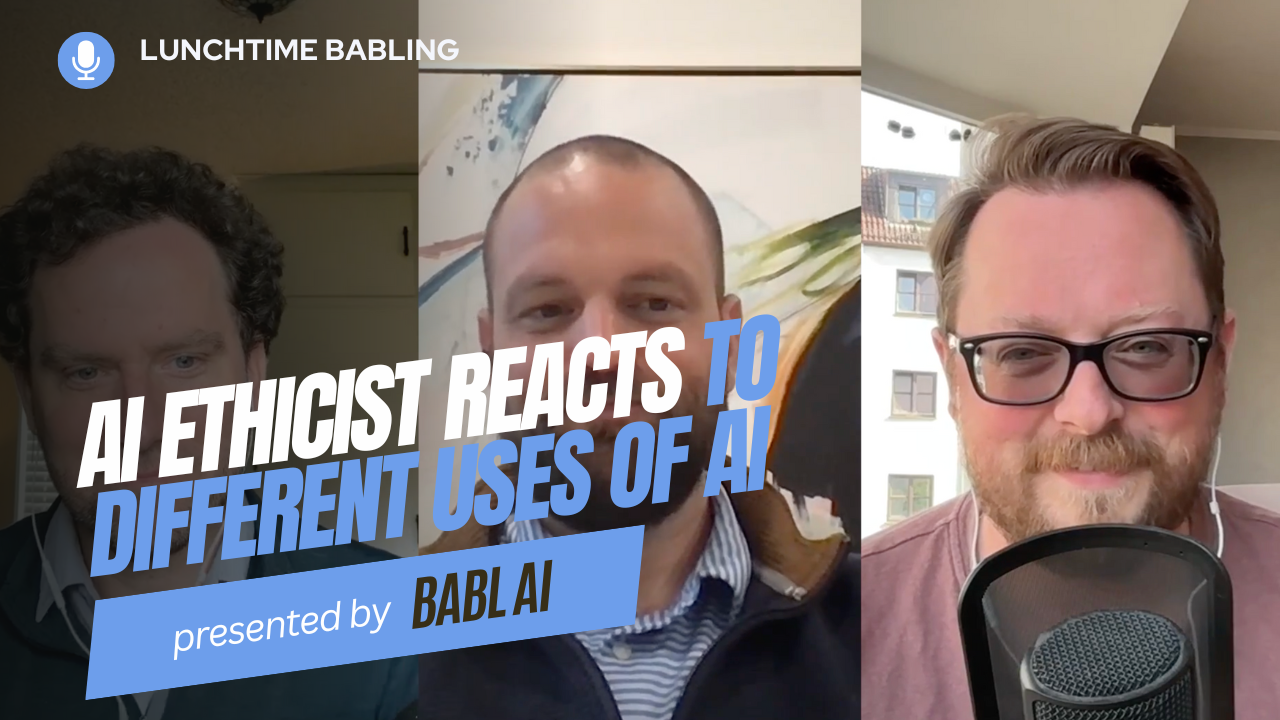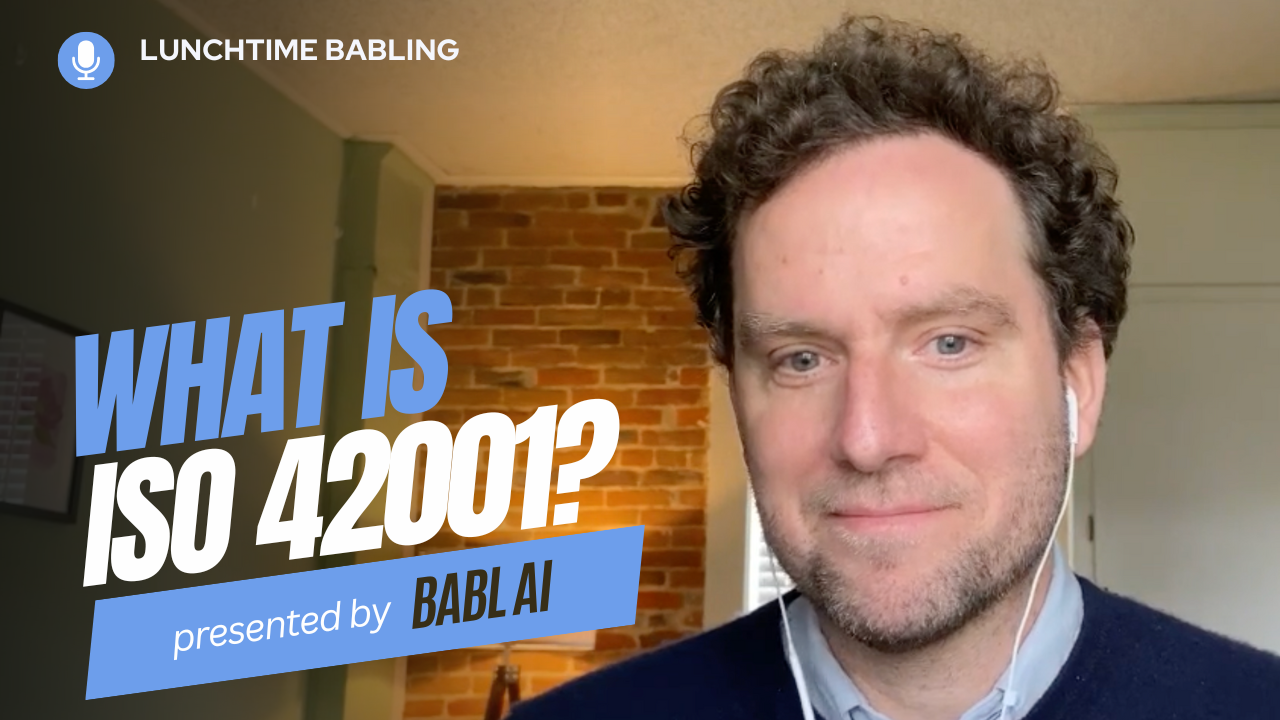In the latest episode of Lunchtime BABLing, Shea Brown, CEO of BABL AI, and Bryan Ilg, VP of Sales, delved into the intricacies of the newly released NIST AI framework Generative AI Profile. This conversation offered insights into the evolving landscape of AI ethics and risk management. Let’s break down the key takeaways from their discussion:
Understanding the NIST AI Framework:
The NIST AI risk management framework, initially introduced last year, provided a voluntary framework for governing AI. It outlined four essential functions: govern, map, measure, and manage. However, the recent companion document focused specifically on generative AI, delving deeper into the risks inherent to this subset of AI technology.
Unpacking Generative AI:
Generative AI, a subset of machine learning, involves algorithms that produce content autonomously, such as text, images, or videos. Unlike traditional AI, which focuses on tasks like classification or prediction, generative AI creates new content based on past experiences or prompts.
Addressing Risks in Generative AI:
The conversation highlighted the significant risks associated with generative AI, notably information integrity and human-AI interaction. Generative AI’s ability to generate misleading or false information poses serious challenges, raising concerns about disinformation campaigns and automation bias.
Mitigating Risks:
Mitigating risks in generative AI poses complex challenges, requiring multi-faceted approaches. From policy interventions to organizational strategies and individual usage policies, stakeholders must collaborate to develop effective risk management frameworks.
The Role of Certification and Standards:
While the NIST framework remains voluntary, the conversation explored the potential for certification schemes to drive adoption. Certification from credible organizations like NIST or independent bodies could signal adherence to ethical standards and bolster trust in AI systems.
The Significance of Industry Collaboration:
The formation of consortia, such as the USAI Safety Institute, underscores the importance of industry collaboration in shaping AI ethics. By bringing together diverse stakeholders, these consortia facilitate research, develop guidelines, and drive best practices in AI governance.
The Evolution of AI Ethics:
As AI technologies continue to advance, the conversation emphasized the need for ongoing research and adaptation in AI ethics. Standards and frameworks will evolve alongside technological developments, reflecting the dynamic nature of the AI landscape.
Conclusion:
The Lunchtime BABLing episode provided valuable insights into the complexities of AI ethics and risk management, particularly in the realm of generative AI. By fostering dialogue, collaboration, and innovation, stakeholders can navigate the ethical challenges posed by AI technologies, ensuring responsible and equitable deployment in the digital age.




